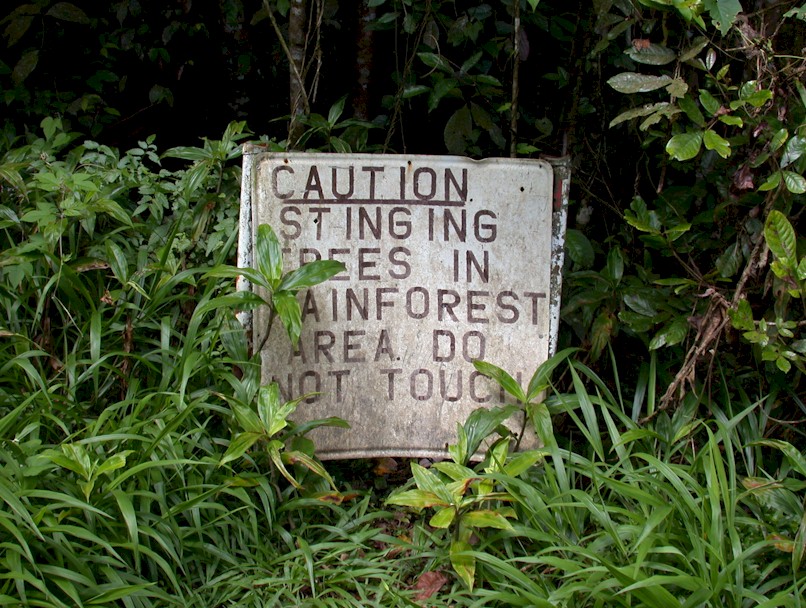What determines when plants will flower?
How do plants respond when they are attacked by a herbivore?
Plant Responses to External Environmental Stimuli
I. Do Plants and Animals Differ in Their Responses to Environmental Stimuli?
1. How do animals respond to the environment?
-animal response to negative stimulus
2. How do plants respond to the environment?
3. What is phenotypic plasticity?
genotype + environment ---> phenotype
example: shape of leaves in oaks
II. Plant Responses to Light
A. Light has numerous effects on plants
1. Photosynthesis
2. Plant Morphology or photomorphogenesis (phototropism, flowering)
3. Measuring Time (daily and seasonally)
B. How do plants measure light?
1. Receptors (measure quality, quantity and direction of light)
2. Two types of receptors
a. blue light receptors
-example: phototropism phototropism2
b. phytochrome
-two distinctive forms: PR (inactive) and PFR (active)
-dark reversion
-lab example (lettuce seed germination)
-example in nature: impact of leaf canopy on seed germination
C. How do plants measure time?
1. Early experiments
-circadian rhythms
-example: sleep movements in bean plants
-plants get out-of-phase in the dark; must be reset by day/night cycle
2. What is the nature of the biological clock?
3. Light resets the biological clock using photoreceptors
-phytochrome again; PFR resets biological clock
D. Photoperiodism and the Control of Flowering
1. Developmental events in plants occur at specific times of the year
-based on relative length of night and day
-photoperiodism
2. Example of Flowering Time
a. Early researchers found that plants could be grouped into three types:
-short day plants (SDP): flower late summer, fall early spring
-long day plants (LDP): flower late spring, early summer
-day neutral plants
b. Plants measure night length, not day length
-SDP or long night plant
-LDP or short night plant
c. How do plants measure the dark?
-phytochrome again: light flash experiments -red light nullifies an inductive dark period, far red light does not
III. Plant Defense: Responses to Herbivores and Pathogens
A. Plant interaction with other species
B. How do plants limit herbivory?
1. Physical defense
-stinging tree: warning; the plant
2. Chemical defense
-secretion of toxic chemicals in response to herbivory
-Have insects developed strategies to overcome plant defenses? UCA Biologist, Dr. David Dussourd thinks so.
C. How do plants defend against pathogens?
1. Role of intact plant covering
-cuticle, bark
-How do pathogens get into a plant?
2. Example of Internal Defense Systems: Systemic Acquired Resistance
-Do plants have an immune system?
-Systemic Acquired Resistance (SAR)
